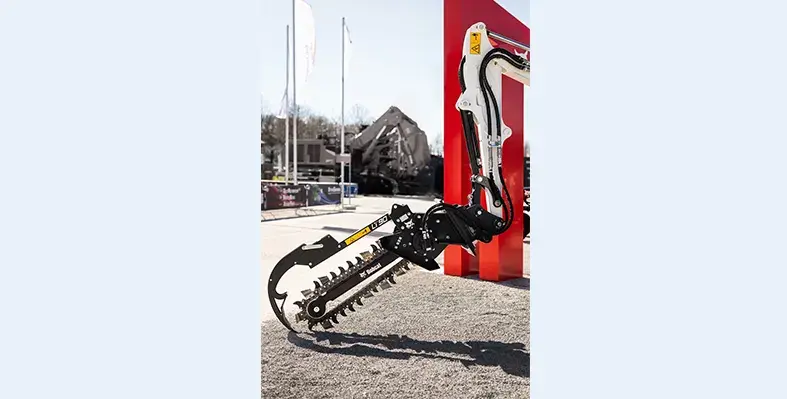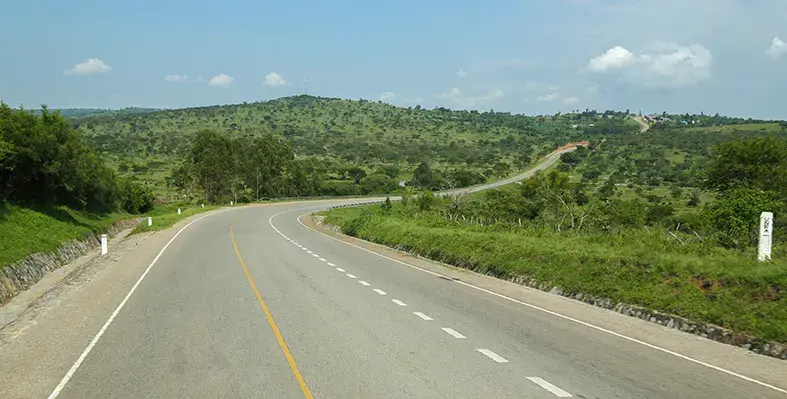
Turner & Townsend partners with Everstrong Capital to deliver Africa’s largest PPP road project with global best practices. (Image source: Turner & Townsend)
The Usahihi Nairobi–Mombasa Expressway, Africa’s largest road public–private partnership (PPP), has officially welcomed Turner & Townsend, a global leader in programme and project management, as a strategic delivery partner
The addition of Turner & Townsend reinforces the consortium’s capacity to execute the transformative US$3.6bn, 459 km expressway, which aims to reduce travel time between Nairobi and Mombasa from over ten hours to just 4–5 hours.
Designed to alleviate congestion along the A8 highway, the new transport corridor will enhance mobility for both passengers and cargo while improving safety standards. The expressway also represents a new model for sustainable infrastructure in Africa, integrating intelligent transport systems, electric vehicle charging stations, wildlife crossings, and climate-resilient design features.
Turner & Townsend will bring its global expertise in programme management, governance, cost control, risk oversight, and project assurance, ensuring that the Usahihi Expressway is delivered efficiently, transparently, and to the highest international standards.
The company’s appointment builds on its extensive track record in large-scale infrastructure delivery, having supported governments and private sector partners across East Africa on major initiatives such as Kabalega International Airport and key components of the Tilenga Project. These experiences, involving complex budgets, multi-stakeholder coordination, and performance management, have prepared Turner & Townsend to manage the scope and intricacies of the expressway project.
Kyle McCarter, partner at Everstrong Capital and chairman of the Usahihi Nairobi–Mombasa Expressway, said, “Turner & Townsend’s track record across Africa speaks for itself. Their expertise in large-scale, complex projects ensures that the Usahihi Expressway will not only be delivered successfully but will also set a new benchmark for infrastructure delivery on the continent.”
John Rogers, regional director, East Africa, at Turner & Townsend, added, “The Nairobi – Mombasa Expressway is a game-changing landmark project in Kenya which will cut journey times in half greatly improving regional connectivity. The Usahihi Expressway isn’t just a road, it’s a catalyst for economic growth, regional integration and climate-smart development.
Our partnership with Everstrong Capital will allow us to deploy our world-class expertise in programme management, governance, risk oversight, cost control and project assurance to the project. We look forward to delivering this complex infrastructure programme that will support transformational growth across Kenya and East Africa.”
Turner & Townsend joins Everstrong Capital and the broader Usahihi consortium, which includes TRAC, Lotz to Develop, Ashitiva Advocates, Rebel, Andersen, CPF Group, and Kurrent, in delivering this landmark project.
The partnership underscores a shared commitment to global best practices in PPP delivery, guided by transparency, accountability, and collaboration. As the Kenya National Highways Authority (KeNHA) reviews the project’s feasibility study, the strengthened consortium is preparing to move into the next phase of development for this critical transport infrastructure initiative.









